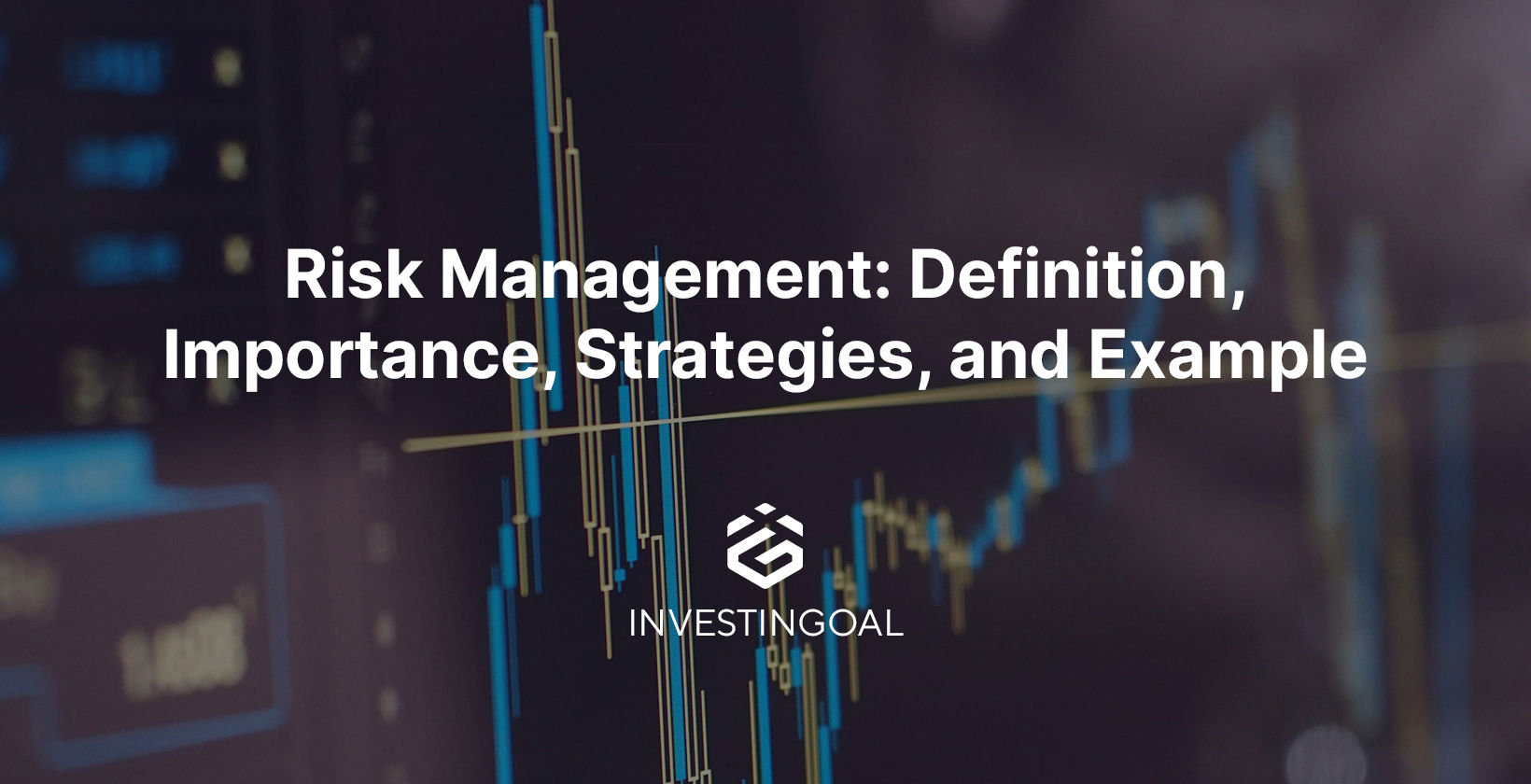How the Importance of Risk Management Shapes Strong Leadership
How the Importance of Risk Management Shapes Strong Leadership
Blog Article
Discovering the Value of Risk Management for Effective Decision-Making Approaches
In the complex world of organization, Risk Management becomes a crucial variable in the decision-making process. The capacity to identify possible risks and possibilities, and strategize as necessary, can spell the distinction between success and failure. With tools such as SWOT and PESTEL, companies are outfitted to make educated options, fostering durability and adaptability in an ever-changing setting. Wondering exactly how this works? Allow's unbox the dynamics additionally.
Understanding the Principle of Risk Management
Risk Management, a crucial element in decision-making, is usually misconstrued or oversimplified. Usually, it refers to the identification, assessment, and prioritization of dangers to lessen, keep an eye on, and regulate the likelihood or influence of unfavorable occasions. However, it's not merely about preventing negative results, yet also about acknowledging possible possibilities. Risk Management involves self-displined and organized techniques, making use of data and insightful assessments. It calls for a comprehensive understanding of the organization's context, purposes, and the potential dangers that could thwart them. From economic unpredictabilities, legal liabilities, critical Management mistakes, to mishaps and natural disasters, it addresses numerous dangers. Notably, efficient Risk Management is not stagnant; it's a continuous, progressive procedure that develops with transforming conditions.
The Duty of Risk Management in Decision-Making Processes
In the world of tactical preparation and company operations, Risk Management plays an important duty in decision-making processes. It helps in determining possible risks and unpredictabilities that could impact the accomplishment of company goals. By mapping these risks, business can develop techniques to minimize their impact, ensuring company connection and stability. Risk Management therefore ends up being an important tool in decision-making, helping leaders to make informed choices based on a comprehensive understanding of the threats entailed. It encourages an aggressive method, making it possible for organizations to expect and prepare for possible future circumstances. This considerably reduces the chance of unfavorable effects, advertising a lot more reliable and efficient decision-making approaches. Risk Management offers as an important component in the decision-making procedures of any company.

How Risk Management Improves Strategic Preparation
In the context of tactical planning, Risk Management plays a critical role. Initiating with the identification of possible risks, it additionally extends to the application of Risk reduction steps. The function of Risk Management is not fixed but dynamic, as it demands constant monitoring and adjusting of techniques.
Identifying Possible Risks

Executing Risk Mitigation
Risk mitigation approaches can range from Risk avoidance, Risk transfer, to run the risk of decrease. Each method ought to be customized to the certain Risk, considering its potential impact and the company's Risk resistance. Effective Risk mitigation needs a deep understanding of the Risk landscape and the prospective effect of each Risk.
Surveillance and Adjusting Approaches
Though Risk reduction is an essential action in tactical planning, constant tracking and change of these techniques is equally important. It additionally offers a chance to assess the success of the Risk Management actions, permitting changes to be made where needed, additional boosting calculated planning. Monitoring and readjusting Risk Management strategies is a crucial component for enhancing an organization's resilience and strategic preparation.
Instance Researches: Effective Risk Management and Decision-Making
In the world of organization and financing, effective Risk Management and decision-making typically offer as the pillars of flourishing ventures. These situations highlight the value of sharp Risk Management in decision-making processes. These situations underscore the critical duty of Risk Management in tactical decision-making.
Devices and Techniques for Reliable Risk Management
Browsing the elaborate puzzle of Risk Management calls for the best collection of tools and methods. These tools, such as Risk signs up and warm maps, aid in recognizing and evaluating potential dangers. Methods consist of both quantitative techniques, like level of sensitivity analysis, and qualitative approaches, such as SWOT evaluation. These help in prioritizing threats based upon their prospective effect and chance. Risk action methods, a key element of Risk Management, entail accepting, avoiding, transferring, or mitigating dangers. Surveillance and regulating risks, with routine audits and testimonials, ensure that the techniques stay efficient. With these tools and techniques, decision-makers can review navigate the facility landscape of Risk Management, therefore assisting in notified and efficient decision-making.
Future Trends in Risk Management and Decision-Making Methods
As we discover the large landscape of Risk Management, it ends up being evident that the devices and strategies read review used today will certainly proceed to evolve. The idea of Risk society, where every member of an organization is aware and entailed in Risk Management, will certainly gain extra prestige. These patterns proclaim an even more comprehensive and aggressive approach towards Risk Management and decision-making.
Conclusion

Risk Management thus becomes a vital device in decision-making, aiding leaders to make educated options based on a comprehensive understanding of the risks involved. Risk mitigation strategies can vary from Risk avoidance, Risk transfer, to run the risk of reduction (importance of risk management). Reliable Risk mitigation calls for a deep understanding of the Risk landscape and the possible effect of each Risk. Risk reaction strategies, a vital element of Risk Management, include approving, preventing, transferring, or mitigating risks. The concept of Risk culture, where every participant of an organization is mindful and involved in Risk Management, will certainly gain much more prestige
Report this page